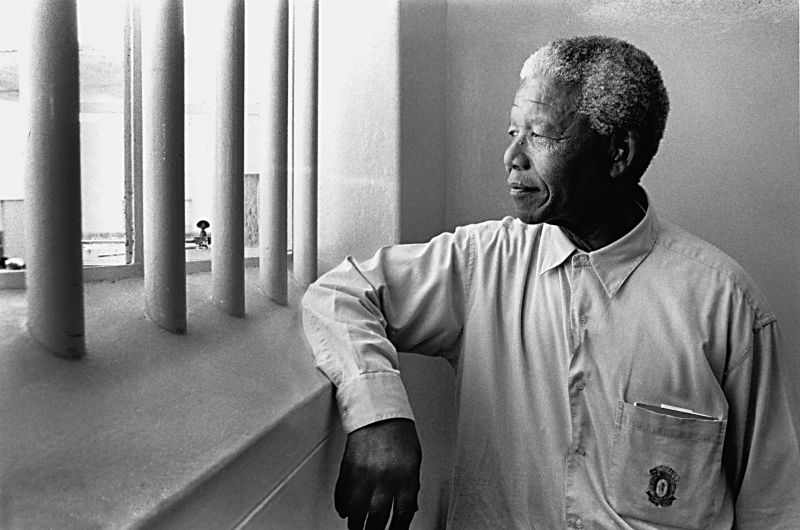Remembering Jürgen Schadeberg: A Legacy in Photography
Jürgen Schadeberg passed away on August 29 at the age of 89, marking the end of an incredible era in the art of photography that spanned over seven decades.
A Rich Collection of History
The German-born photographer curated an extensive collection of 200,000 negatives, featuring some of the most iconic images of Nelson Mandela. These photographs bookend Mandela’s 27-year imprisonment, providing a powerful visual narrative around the former South African President’s struggle and eventual liberation. Furthermore, Schadeberg documented the vibrant essence of Black communities in 1950s South Africa, a rare endeavor at a time when most White journalists hesitated to cover these stories.
Iconic Images of Nelson Mandela
Among Schadeberg’s most renowned photographs is that of Mandela gazing through the bars of his prison cell on Robben Island, captured after Mandela’s return in 1994. This image represents much more than a moment in time; it encapsulates a crucial period of reflection and resilience.

Vibrant Portraits of Culture
Schadeberg’s lens also captured significant moments in the world of music. For instance, he photographed the renowned South African trumpeter Hugh Masekela receiving a gift from jazz legend Louis Armstrong in 1954, showcasing the cultural intersections that defined an era.

Moreover, Schadeberg immortalized significant moments in Mandela’s early political career, such as when Mandela was photographed in his law office in 1952, sharing space with notable figures like Oliver Tambo.

Cultural Hub: Sophiatown
One particularly poignant aspect of his work is his documentation of Sophiatown, once a vibrant cultural hub that was decimated during apartheid. Schadeberg’s photographs serve as a powerful reminder of the rich history that has shaped contemporary South African identity.

The Fight Against Apartheid
His photographs from key events, such as the 1952 Defiance Campaign and the Treason Trial, are invaluable records of resistance against apartheid laws. Through his lens, Schadeberg provided a profound social commentary on the struggle for freedom and equality in South Africa.

In summary, Jürgen Schadeberg’s photographic legacy is not only a remarkable collection of images; it is a crucial historical record that captures the essence of South Africa’s journey towards freedom and justice.





